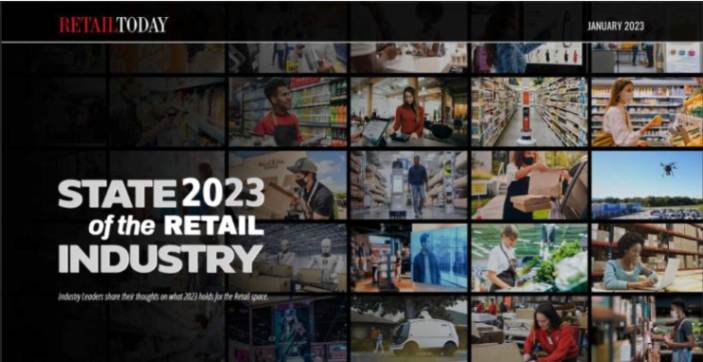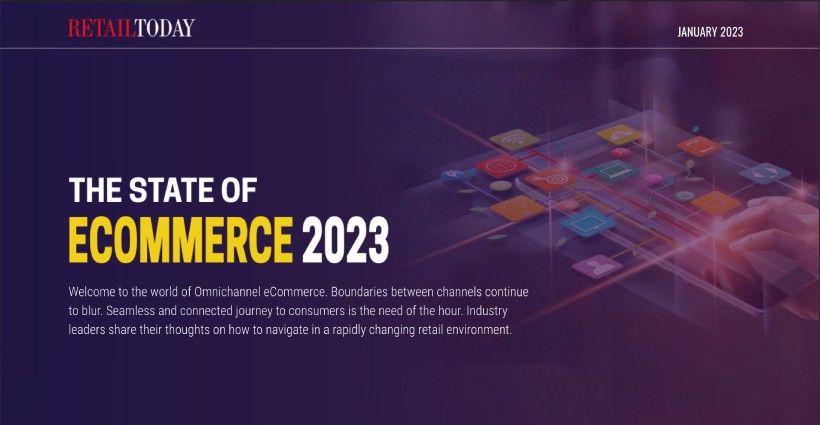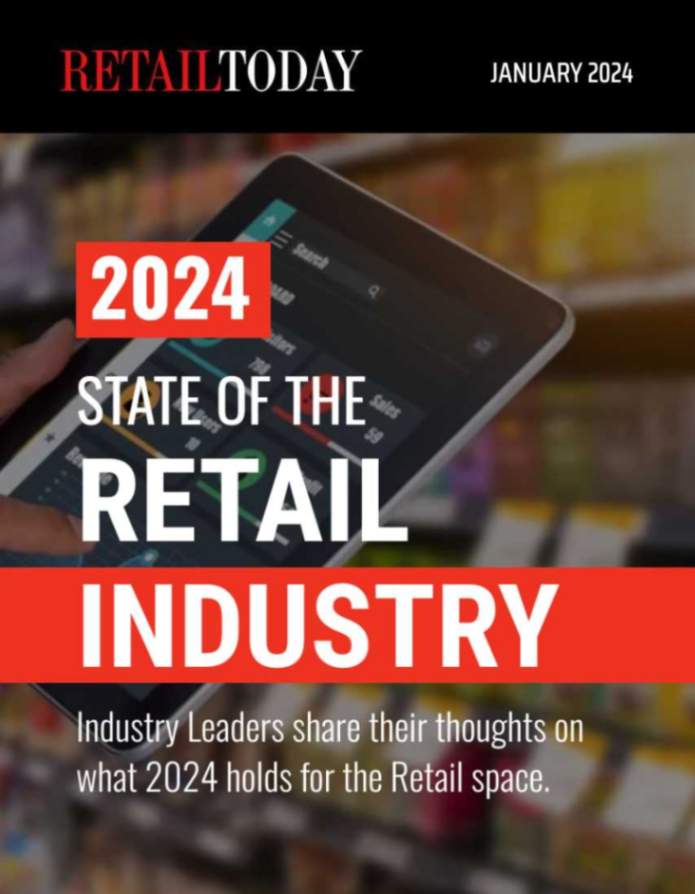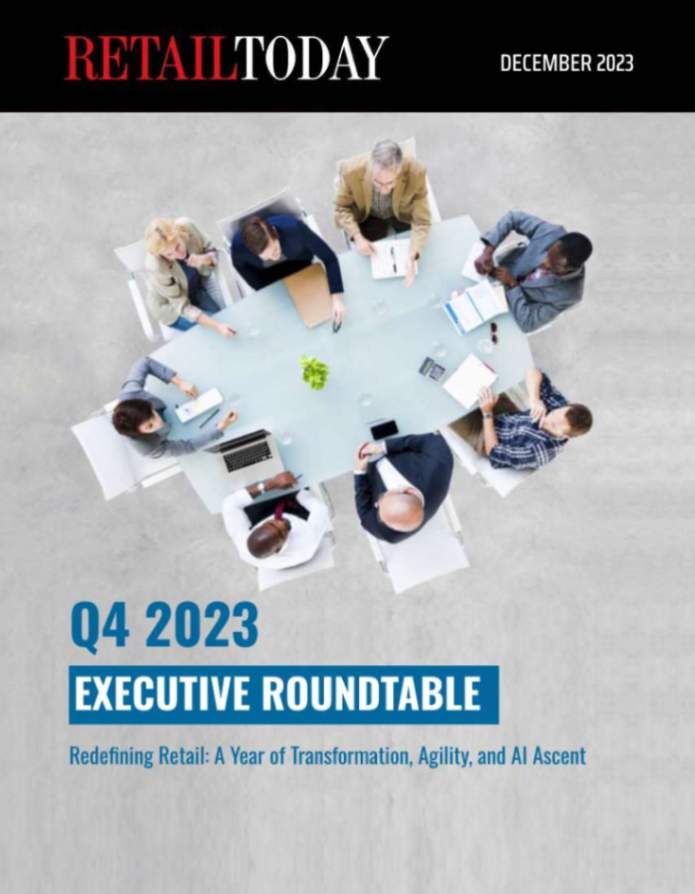Incisiv, a next-generation industry insights firm that helps retailers and brands navigate digital disruption, and Wynshop, the leading provider of digital commerce and fulfillment solutions for local store-based retailers, today revealed the findings from Grocery Doppio’s report, State of the Industry: How Digital is Reshaping the Grocery Workforce.
The majority of grocers have continued to face labor shortages, with 68% rating labor availability as “difficult” or “very difficult,” while the demand for digital orders steadily increased by 7% so far this year. As a result, the grocery workforce has experienced a 3% decrease in productivity. In this demanding environment, technology is not just beneficial, but essential for grocers to boost efficiency and remain competitive. However, the selection and deployment of new technology needs more input from workers to ensure its adoption and effectiveness.
The Grocery Workforce report reflects interviews with more than 700 grocery associates at national, regional, and local grocery stores, as well as data from other Grocery Doppio studies.
Key findings from State of the Industry: How Digital Is Reshaping the Grocery Workforce report include:
- Grocery workers believe in the potential of technology, but don’t have the right tools to execute effectively
- 87% of store associates say that new technologies can help them do their jobs better
- 63% of store associates experienced technology failure, and 81% say this impacted their job performance
- 69% of store associates feel that their technologies lag those of the competition
- The top reasons for poor technology, according to associates, are limited real-world testing (73%), poor connectivity/infrastructure (71%), lack of associate input (59%), and poor training (59%)
- Grocery workers recognize that robotics and AI could have a significant impact on their job
- 87% of store associates are worried that AI and robotics will lead to a reduction in workforce
- 25-40 minutes are saved per associate per shift (4 hours) due to new technologies like AI and robotics
- $13.8 billion could be saved by the grocery industry by leveraging AI to improve store operations
- There’s a growing generational tech gap among grocery workers
- 74% of Gen Z store associates are dissatisfied with their store technologies
- Younger associates, especially those from Gen Z, highlight the need for more intuitive and advanced solutions
- In contrast, Gen X and Boomer store associates are more forgiving: the majority (53% and 56%, respectively) say they are satisfied with their store technologies
“Digital is changing the grocery experience across channels,” said Gaurav Pant, Chief Insights Officer of both Incisiv and Grocery Doppio. “Store associates have a front row view of what is needed to ensure a smooth shopping experience and to protect customer loyalty. It is crucial that grocers listen attentively to their associates’ insights and empower them with modern technologies and tools to optimize operational efficiency and enrich customer interactions.”
“Demands on grocers are increasing due to growth in pickup order fulfillment and labor shortages,” added Charlie Kaplan, Chief Revenue Officer at Wynshop. “By incorporating the innovations and user-centered design principles of apps we use in our everyday lives, tools from retail tech providers can vastly improve fulfillment capabilities for grocery workers.”






